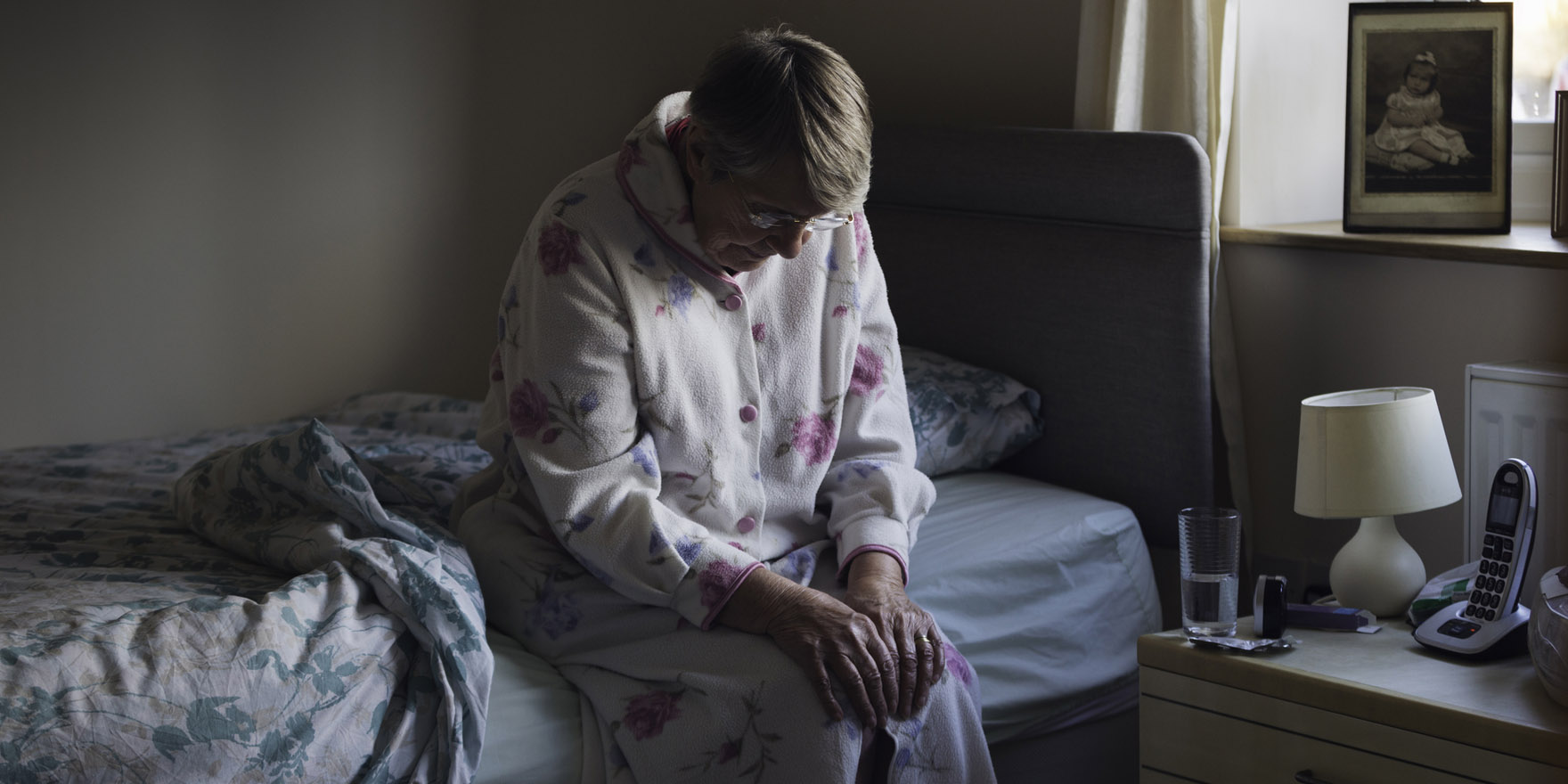Disturbingly, many deaths in nursing homes are the result of suffering and harm, writes Professor Joseph Ibrahim
Most readers may be surprised to learn that frail older people living in residential aged care services, often referred to as nursing homes or care facilities, die prematurely. We tend to think the deaths of older people, and especially those in care, are due to natural causes. But although confronting to contemplate, residents die prematurely due to injury and violence. ![]()
Investigations into deaths of individual residents by the Coroners Court and the recent inquiry into Oakden care facility in South Australia show vulnerable older people in care have been subjected to undue suffering and harm. The Federal Aged Care Minister Ken Wyatt has also commissioned an independent review into aged care processes.
Our research published today in the Medical Journal of Australia found 15.2% of over 20,000 deaths of nursing home residents between 2000 and 2013 resulted from external causes (that is, an injury, violence or other external event).
The study collated information from all the investigations into deaths of individual residents by the Coroners Court over the past decade. The most frequent mechanisms of death were falls (2,679 cases, 81.5%), choking (261 cases, 7.9%) and suicide (146 cases, 4.4%).
The incidents leading to death usually occurred in the nursing home (95.8%), but the death itself usually occurred elsewhere (67.1%). This was typically at an acute care hospital where residents had been transferred. Somewhat surprising was the small proportion of people (1.2%) who died from adverse events related to their clinical care (such as medication errors). And these numbers are likely to be underestimated due to some deaths being misclassified as “natural”.
Our study provides the first detailed understanding of how many deaths in nursing homes that shouldn’t be happening. Although coroners play an important role in identifying factors that may prevent death and injury, fewer than 3% of the external-cause deaths were examined by an inquest. Coroners also made no recommendations about preventing injury in 98.4% of all cases.
Establishing how people die in care
A better understanding of how, where and when older people die in nursing homes is the first step towards reducing harm, improving quality of care and improving quality of life.
The next step is understanding why these preventable deaths occur. This requires a detailed analysis of the circumstances of each death – by examining what was or was not done, and determining what other factors unrelated to the person’s underlying illnesses may have contributed to the death.
This type of analysis is common in hospitals, where the contributing factors leading to adverse events include considering the organisation’s culture, communication systems, governance arrangements, management and supervision of staff, workload, equipment and the physical environment.
Unfortunately, there is very little information about the circumstances of the premature deaths in aged care to enable a constructive review of the operations of a residential aged care service. This limits our ability to determine what needs to be done to prevent harm in care facilities in the future.
What needs to be done
Despite care facilities being actively monitored in a few different ways, there isn’t one entity responsible for reducing preventable harm by improving practice at a national level. The arrangements are complex, with multiple bodies involved. Each has a discrete function, often with specific boundaries set in legislation.
The Commonwealth Department of Health is responsible for monitoring funding and allocating approvals to operate aged care facilities. The Aged Care Quality Agency manages the accreditation process and the Aged Care Complaints Commissioner handles the concerns of residents and their families.
We need to improve policy, practice and research to prevent these premature deaths in the future. The information to improve our aged care system exists and needs to be harnessed. This requires better access to information that is gathered and investing in analysing it.
Primary prevention is the priority. This requires collaborative efforts and partnerships between aged and health care professionals, forensic death investigators, coroners, governments and the aged care sector working together in developing evidence-based strategies in consultation with residents and their families.
Joseph Ibrahim, Professor, Health Law and Ageing Research Unit, Department of Forensic Medicine, Monash University
This article was originally published on The Conversation. Read the original article.


